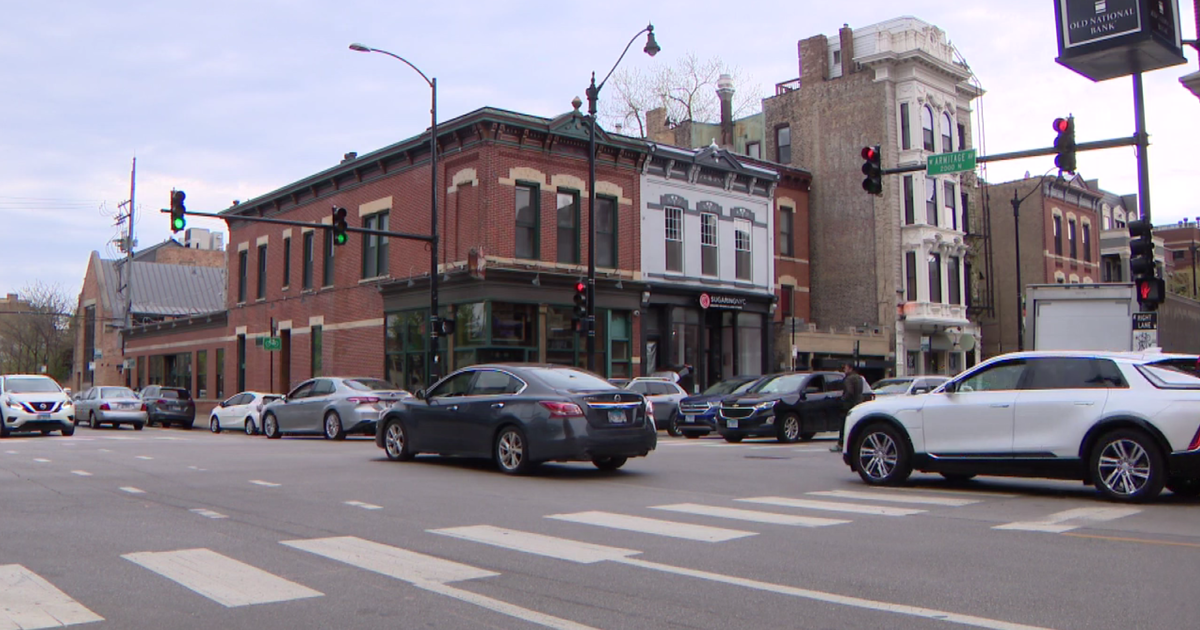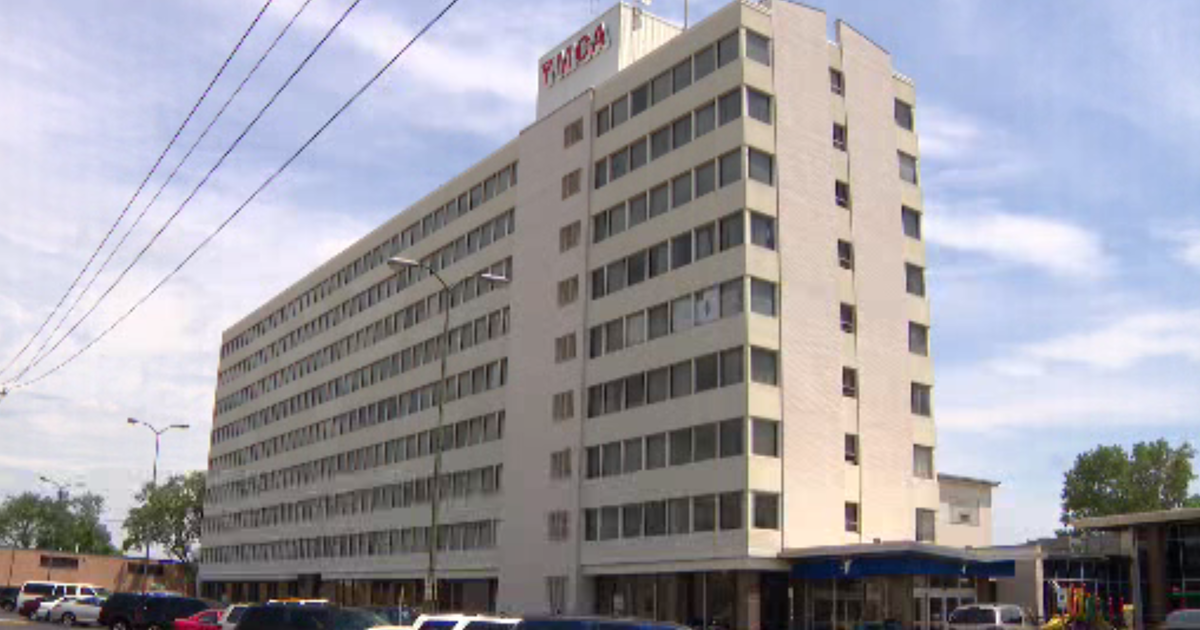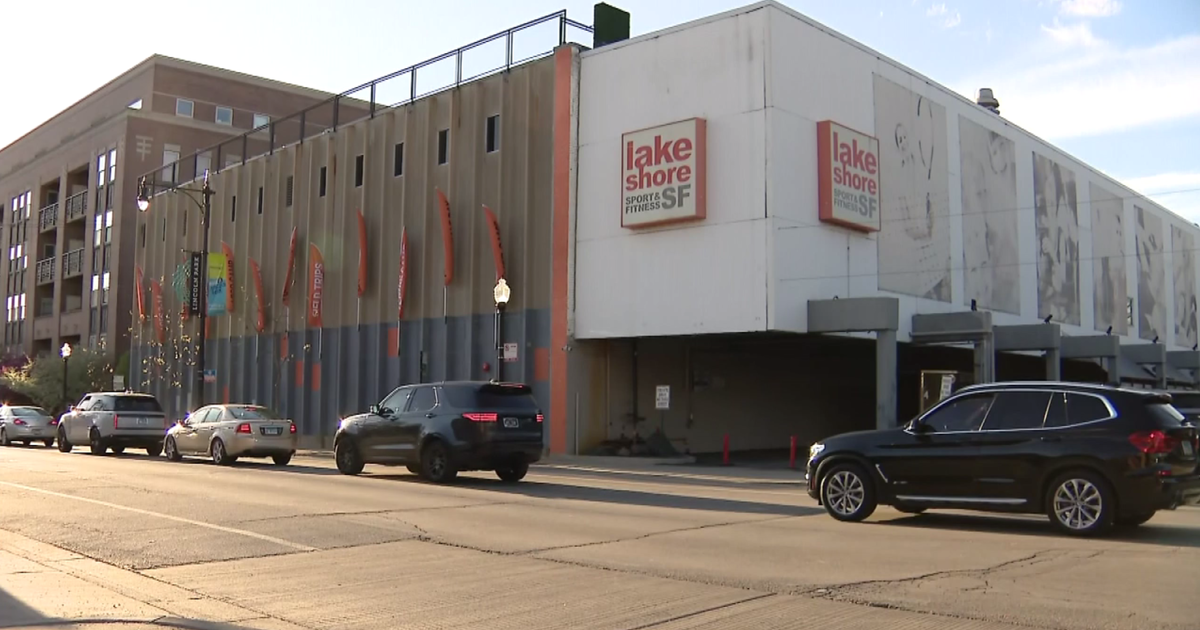Beach Erosion Has Caused Some Damage At Indiana Dunes National Park, But Superintendent Reminds Us It's Natural
PORTER, Ind. (CBS) -- The high winds once again threaten the Lake Michigan shoreline, where water levels this March are already at a record high along the Indiana Dunes area.
Multiple beaches are already closed at Portage Lakefront Riverwalk Beach and Central Avenue Beach due to erosion.
CBS 2 ventured out to Portage Lakefront with Indiana Dunes National Park Supt. Paul Labovitz. He showed us areas that were once sandy beaches and are now underwater.

At one site, a ramp that was once wheelchair-accessible has been completely destroyed.
There were also several signs warning parkgoers to stay out due to dangerous conditions.
"That beach was almost 300 feet, so that's now destroyed," Labovitz said.
We also found several signs warning parkgoers to stay out due to dangerous conditions.
"The northwest winds come right at us," Labovitz said. "We'll see waves from 2 feet to 20 feet. People actually surf here."
Labovitz explained that erosion is a natural process that goes on over hundreds of thousands of years. Lake levels rise and fall in cycles from 30 to 60 years and even much longer.
Beaches come and go depending on patterns of erosion each year.
"We predict this summer on a calm day, there will be more beach then what we had in some years because of erosion," he said, "because the dune south of the lake has eroded, and that sand has nourished and made more beach. You cans see it right behind us…. The beaches here always change every day. Some years certain beaches are not available because they've eroded and the lake levels are high. Other years, there's beach there."
But that might not be very reassuring given some of the sights of the beaches that have been inundated.
There are major concerns along much of Lake Michigan. In Rogers Park, waves have been crashing up to the houses that come up to the shoreline along Eastlake Terrace, and Juneway Terrace Beach has seen its sand disappear and its concrete collapse and sink before being shored up with stones.
The City of Chicago and the State of Illinois last month issued a disaster proclamation and asked for federal funding.
Labovitz noted Wisconsin, Michigan, and Indiana were also all having problems along their Lake Michigan shorelines.
The important point is that a natural coastline will handle erosion cycles much more resiliently than one that is built up.
"The challenge these days is we have very high lake levels -- ferocity of storms is almost unseen and we have human development close to the edge of the lake," he said. "When all those factors come together -- the erosion and the force of those wind and waves becomes a problem because it threatens that development."
Still, the park staff is watching the erosion and making adjustments. They are working with the Army Corps of Engineers and the Port of Indiana and hope this spring to use National Park Service funds to do a dredging project that will nourish the beach with clean sand.
That in turn will provide protection to buildings and houses, and provide beach recreation. And the shoreline will continue to change.
But with 15 miles of beachline, there will still be places for folks to go.
"Erosion happens every day here," Labovitz said. "Talk to someone at our visitors' center and they'll tell you which beach is available and have a it."
The superintendent said there are short-term solutions in place. But he is hoping more work will be done in the long term.
He believes we need to retreat from lake development and let the lake come and go without any manmade obstructions.
The Indiana Dunes National Park, as it happens, enjoys almost the same visitation as Yellowstone Park – even though it's less than 1 percent of Yellowstone's size.



